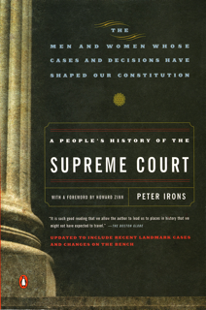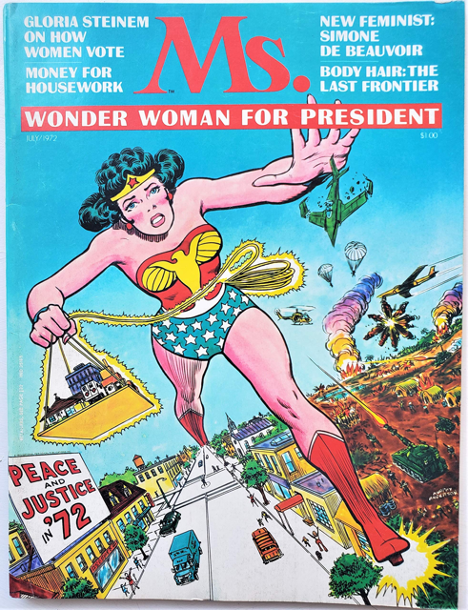
Remember Bozo the inflatable punching bag clown? Pop him on the nose, watch him flop and then bounce right back up? Trump is Bozo. Knock him down and he pops back up. The crowd loves it. The crowd cheers.
It would be funny if it didn’t have such dire consequences for America.
The search and seizure of presidential records at Mar-a-Lago is the latest and one of the most egregious examples of Trump as Bozo. Twelve boxes of classified documents were seized, including several marked Top Secret/SCIF, meaning they could only be read in a Sensitive Compartmentalized Information Facility. “Eyes Only” stuff. Criminal charges could include obstruction of justice, unauthorized possession of national defense information (a violation of the Espionage Act), and concealing or destroying official U.S. documents– punishable by up to three to 20 years respectively.
Nevertheless, undeterred, unchastened and without a trace of contrition, Trump bounced back with an attack on the FBI, the magistrate who authorized the search warrant, and the Department of Justice, claiming that somehow the FBI had planted the evidence they carted off. Then, following the seizure and fearing his wrath, a group of sycophantic Republican leaders – Rubio, McCarthy, Scott, Scalise, Stefanik, Bobert, and Greene joined the parade to condemn the attack. How can this be? Why would once respectable elected officials (along with some not-so-respectables) leap to the defense of a disgraced twice-impeached former president who lied in an affidavit about not having highly classified materials at his Florida estate? Astonishing!
In mid-January, the National Archives and Records Administration retrieved 15 boxes of records and documents Trump took with him when he left the White House. In February, when it was discovered that some of the documents appeared to be classified, the matter was referred to the Justice Department for guidance. In April a DOJ investigation ensued and a grand jury convened when it was learned that Trump was in possession of still more materials. In May a subpoena was issued, and at some point federal agents made an unusual visit to Mar-a-Lago to seek information about the remaining boxes of documents. When the subpoena was ignored DOJ decided to seek a search warrant to retrieve the remaining documents. A firestorm of recriminations ensued.
The first question that comes to mind is why did Trump wanted these documents? It was a clear violation of the Presidential Records Act (44 U.S.C. §§ 2201–2209). So, why was he willing to violate the Act, and what did he intend to do with the booty?
I’m no fan of Donald Trump’s. That’s clear, but in 2016 I accepted that “elections have consequences,” a phrase that turned out to be the understatement of all understatements. By May of 2017 I had seen enough to write an essay called Commander-in-Thief (https://www.jackbernardstravels.com/commander-in-thief), arguing that his behavior in the White House, built on a lifetime of shady business practices and family profiteering continued as he enriched himself at government expense, violated the Emoluments Act, defrauded the Internal Revenue with false valuations and financed projects with laundered money through Deutsche Bank. These, I argued, were grounds for criminal prosecution under the Racketeer Influenced and Corrupt Organizations Act (RICO). In 2020 I wrote another essay, RICO Time, calling for the same criminal indictment and prosecution.
____
Now I think I know the answer to the presidential records question. Donald Trump was doing what he has always done. He was thinking of how to monetize the documents in order to enrich himself…somehow. He may not have known how exactly, but he saw another grifting opportunity. A lifelong pattern of lying, cheating, bullying and blackmailing associates, told him they were worth something to somebody.
It’s a forever mystery that so many Americans failed to see through the posturing, false-front, bullying, failed businessman that Trump is and always was. Even more mysterious is the cowering, sycophantic behavior of Republican officials given his long public history of ethical violations. This is the man who lied to avoid military service, hid his college records, cheated on his wives, paid off mistresses and a porn star, cheated tenants, violated fair-housing statutes, used his charitable foundation for personal gain, paid $25 million in fines to settle the Trump University fraud scheme, refused to reveal his tax records, lied about business dealings with the Russians, cheated sub-contractors, illegally profited from business relationships as president, refused to accept the 2020 presidential election results – and did nothing for 187 minutes while the U.S. Capitol was under siege.
Few books have held my attention, over the years, like The Blank Slate, Stephen Pinker’s 2002 study of the “nature vs. nurture” controversy. Pinker who explores the fields of visual cognition, psycholinguistics, and social relations as the Johnstone Family Professor in the Department of Psychology at Harvard University is one of academia’s rock stars.

I think Pinker would agree; no matter where you come down on nature vs. nurture as the determining factor in human behavior, Donald J. Trump would be a great subject for an in-depth case study. It could be a treasure trove of data on the question of the nature v. nurture. Donald’s father, Fred Sr., was clearly smarter and more successful than his son, but he was a mean-spirited, ethically challenged, ruthless, robber baron…and Donald’s role model. Is that nature or nurture?
DJT didn’t fall far from the tree, but Donald’s siblings are a mixed bag in the nature v. nurture debate. Fred Jr. (Freddy), the favorite son, wanted nothing to do with the business and drank himself to death. The other three include a federal judge, an in-and-out of Trump Organization businessman and a low-profile housewife. Nothing remarkable in either nature or nurture—or criminality. Donald is the exception – a career white-collar criminal running a vast criminal enterprise. Now let’s see what the DOJ does with it. Will Bozo bounce back yet again?










































